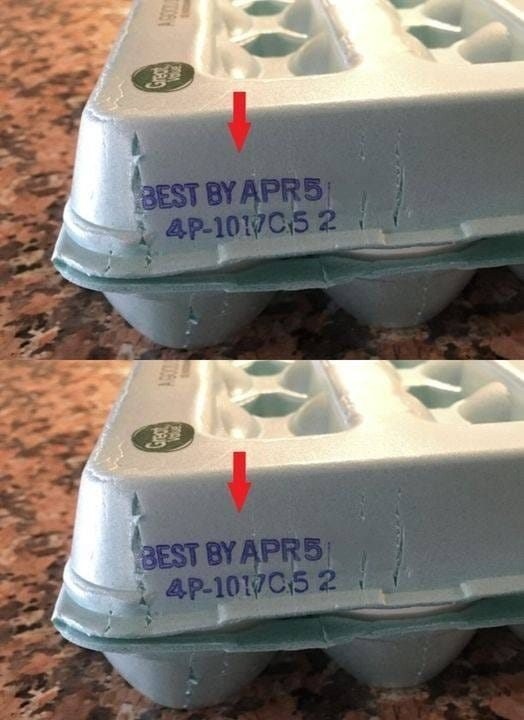For many of us, eggs are more than just a staple—they’re a comfort food, a go-to ingredient, and a quiet pleasure in the kitchen. Whether you’re making a fluffy omelet on a slow weekend morning, baking a cake for someone special, or tossing together a quick stir-fry, eggs always seem to fit the moment.
Sometimes, I’ll treat myself to a dozen farm-fresh eggs from the local market. There’s a charm in seeing the variety in shell color, chatting with the farmers, and learning how the hens are raised. But like most people, I usually pick up my eggs at the grocery store—lined up in neat rows, packed in cardboard or plastic, and nearly identical at first glance.
As I became more mindful about food choices, I started paying closer attention to the labels and numbers on egg cartons. What once looked like a bunch of random codes turned out to be a guide to freshness, quality, and even animal welfare practices.
One number I always check now is the Julian date. It’s a three-digit number that tells you the exact day of the year the eggs were packed. For example, 001 means January 1st, and 365 means December 31st. While many people focus on the “sell by” or expiration date, the Julian date can give you a more accurate picture of how fresh the eggs really are—especially helpful if you’re using them in recipes where freshness matters, like meringues or raw dishes.
Continue reading on next page…

